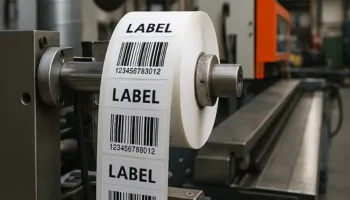Maximise Productivity for Growth and Customer Delight
Our Retail Supply Chain Management solutions streamline omnichannel operations, maximise efficiency, and ultimately enhance customer experience through an agile supply chain.
Key Advantages
Scalable, Modular and Configurable
Single-Window-Solution
Cloud-Ready
Seamless ERP and Hardware Integration
Rapid Deployment
25+ Years Domain Expertise
Intuitive User Interface
Mobile-Friendly
Next-Gen
Solutions for Retail & E-commerce Industry
Clients We Work With
Technologies we use
Integrated Hardware Portfolio
Featured Case Study

H&M Achieves 100% Dispatch Validation Accuracy with BCI's Inventory Intelligence
The client needed to automate the dispatch validation process to avoid errors and save time. Manual warehouse processes caused inefficiencies, poor inventory control, and delays in receiving materials. An additional workforce was required to handle the manual process, resulting in wasted time and resources.
Know More
Enhancing Customer Experience: Building Intelligent Inventory Visibility for a Leading Luxury Fashion Retailer in Asia
The client had inventory issues due to delays with their existing barcode system and limited market insights, which affected their ability to meet rapid customer demands and short product cycles in the retail industry.
Know MoreOur Latest Blogs

























